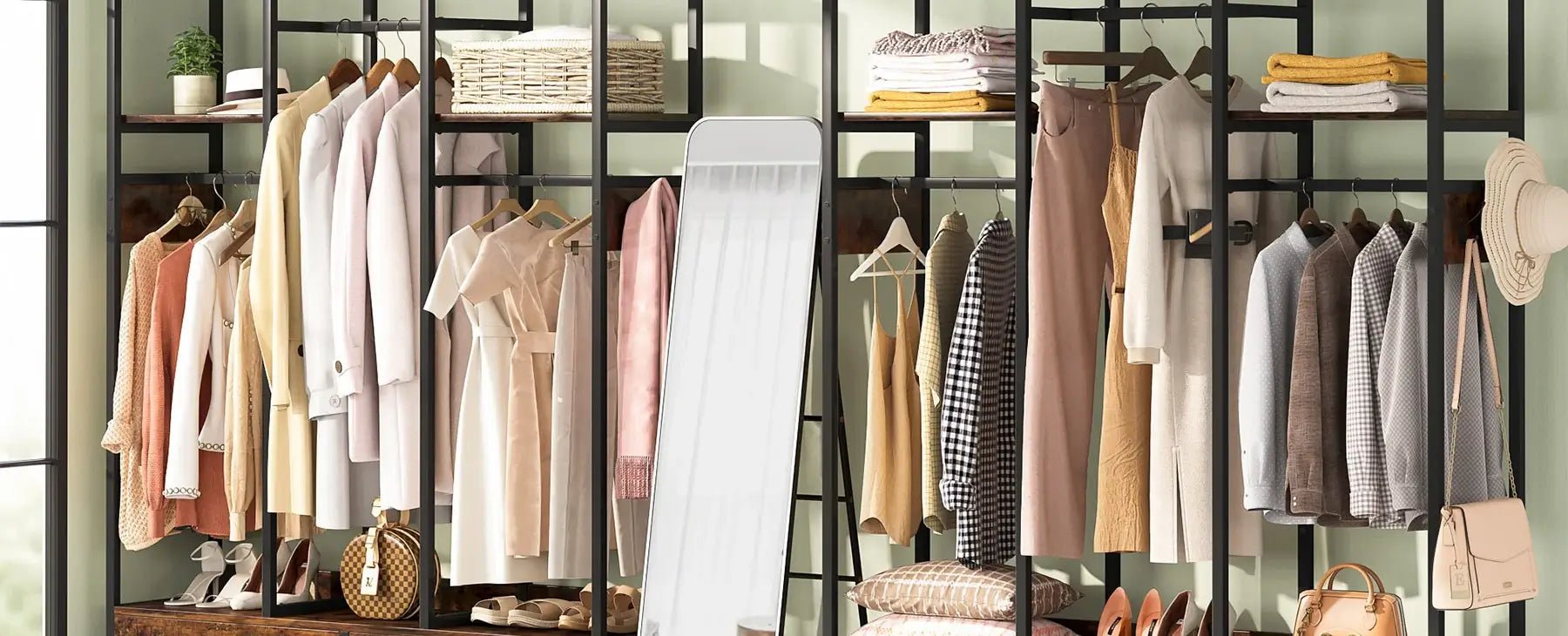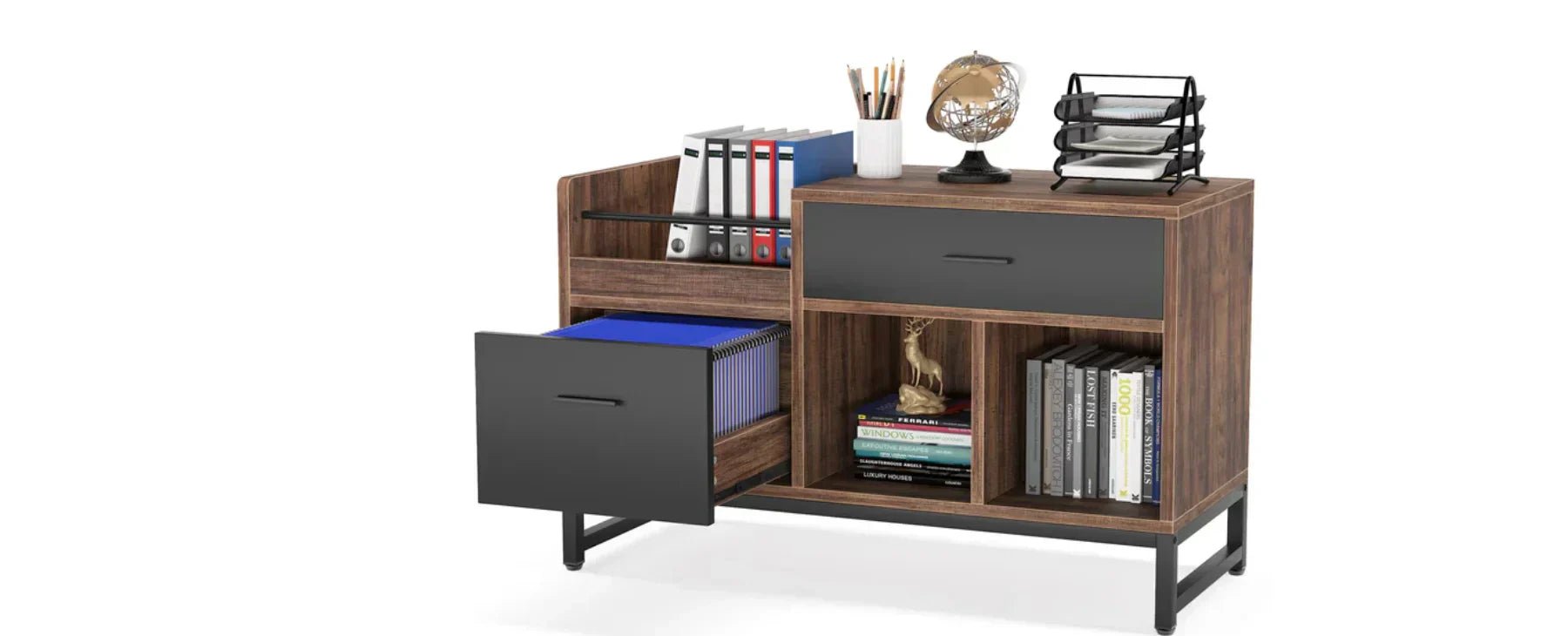In everyday life, we seldom confuse a desk with a table. Although both desks and tables are flat and supported by legs, their uses, functional designs, and placements are completely different.
What is Considered a Desk?
A desk is a type of furniture specifically designed to facilitate work or study. The primary feature that distinguishes a desk from a table is its ergonomic structure. Desks often come equipped with drawers, shelves, or compartments to help organize and store office supplies, paperwork, or personal items.

Key Features and Purposes of a Desk:
Functional Design: Desks are built with efficiency and productivity in mind. Many have a height suitable for sitting, making them ideal for writing, working on a computer, or completing other tasks that require a stable surface.
Storage: A desk often includes built-in storage options such as drawers or cabinets, offering a designated space for office materials and minimizing clutter.
Work-Oriented: Desks are typically found in offices, home offices, or study areas. They are designed to provide comfort and support for extended periods of use, especially when focused on tasks that require concentration and organization.
Placement: Desks are usually placed in environments where work or study happens, such as an office, library, or study room, often facing a wall or window for optimal focus.
Type: Computer desk, L-Shaped desks, executive desks, adjustable standing desks.
What is Considered a Table?
On the other hand, a table is a more versatile piece of furniture, with less emphasis on organization and more on surface area. Tables come in various shapes, sizes, and designs, serving multiple purposes across different settings.

Key Features and Purposes of a Table:
General Use: Unlike desks, tables aren’t necessarily designed for work or study. Instead, they offer a flat surface for dining, entertaining, or displaying items. For instance, dining tables are built for meals, while coffee tables serve as a central piece in a living room.
Variety of Designs: Tables come in a wide range of styles, from small accent tables to large conference tables, depending on the purpose and setting. The design can be simple and minimalist or more ornate, depending on the room’s decor.
Lack of Storage: Most tables do not have built-in storage like desks. They are meant for holding objects rather than organizing them.
Placement: Tables are typically placed in dining rooms, living rooms, or meeting spaces. They serve as gathering spots for meals, social interactions, or casual work.
Type: Console tables, coffee tables, dining tables, entryway tables.
Desks or Tables: Which are Best?
After understanding the basic differences between desks and tables, comparing them in more detail will help you make the right choice for your needs. Whether you are furnishing an office, dining room, or simply improving your living space, understanding the differences in their uses, designs, and other factors will guide your decision.
|
Factor |
Desk |
Table |
|
Purpose |
Designed for work or study. |
Used for dining, socializing, or display. |
|
Design |
Often has built-in storage and workspace features. |
Typically just a flat surface, no built-in storage. |
|
Location |
Placed in offices, study rooms, or libraries. |
Found in dining rooms, living rooms, or kitchens. |
|
Material & Build |
Made from durable materials such as: - Wood (e.g., oak, maple) - Metal (e.g., steel, aluminum) - Composite materials (e.g., MDF, particleboard) |
Made from materials like: - Wood (e.g., mahogany, pine) - Glass (e.g., tempered glass) - Metal & Composite materials |
|
Features |
Often includes storage, cable management, or ergonomic features. |
Generally lacks storage or ergonomic features. |
|
Ergonomics |
Designed for comfort and long use. |
Not built for extended sitting or working. |
|
Aesthetics |
Focuses on functionality. |
Offers more design variety depending on the space. |
Key Takeaways:
- Purpose: Desks are best for work or study, while tables serve multiple, more casual functions like dining or socializing.
- Design: Desks are built with organization and efficiency in mind, whereas tables are more focused on providing a versatile, open surface.
- Location: Desks belong in work-related environments, while tables are found in spaces where people gather and socialize.
- Materials & Construction: Desks are made to withstand long hours of use, while tables are generally constructed for more relaxed environments.
- Features & Add-ons: Desks often have storage and ergonomic features, whereas tables focus more on surface area with fewer features.
- Ergonomics: Desks are designed with ergonomics to support comfort during long tasks, while tables aren’t built with prolonged sitting or work in mind.
- Aesthetics: Desks emphasize functional design, while tables offer more aesthetic variety depending on the setting.
Ultimately, your choice between a desk and a table will depend on your primary needs: whether you require a dedicated space for work and organization, or a flexible, multipurpose surface for everyday activities.

FAQ
Can I Use My Table as a Desktop for Work?
Yes, you can use a table as a workspace, and many people do so, especially when working from home. For example, your dining room table can serve as a temporary desk. However, tables are not ideal for long-term use. A desk is specifically designed for comfort and functionality, offering ergonomic features and storage to keep your work organized and within reach, which is crucial for productivity over extended periods.
Can I Use a Desk for Multiple Purposes Beyond Work?
Absolutely! Desks are versatile and can be used for various activities like sewing, sketching, gaming, or even crafting. While they are optimized for work or study, their structure can easily accommodate hobbies and personal projects. However, a desk is not ideal for social gatherings or large group activities, as its design is focused on individual use.
Are Tables Typically Taller Than Desks?
Generally, no. Desks are designed to be at a comfortable height for sitting and working, usually between 28 to 30 inches. Tables, depending on their purpose (e.g., dining tables), may vary in height, but they are often closer to the same range. Dining tables, for example, are typically 28 to 30 inches tall, similar to desks. However, some tables, like those for standing, can be taller.
Related read: What Are Good Desk Dimensions?
Takeaway
If you are looking for a piece of furniture that is both beautiful and practical to enhance your workspace, Tribesigns offers a unique selection of furniture designs to suit a variety of needs. From fully functional computer desks to flexible and practical L-Shaped Desks, Tribesigns has the perfect office solution for you. Console Tables and entryway tables are also ideal if you need a neat display platform or storage space. Bring more function and style to your home or office by choosing Tribesigns' uniquely designed furniture today! Buy now and save on Father's Day!



